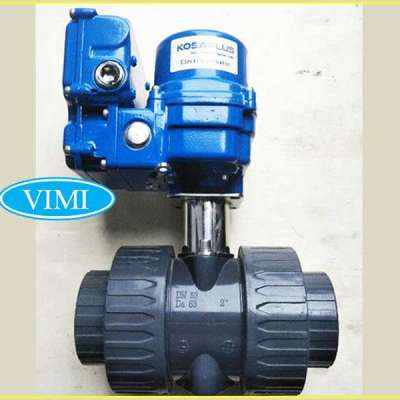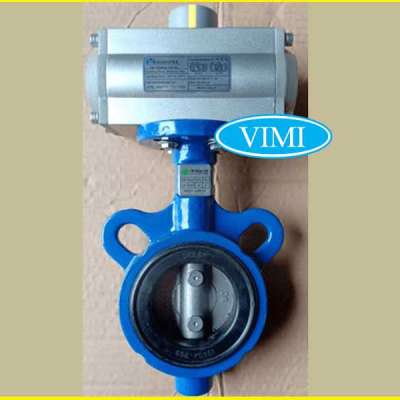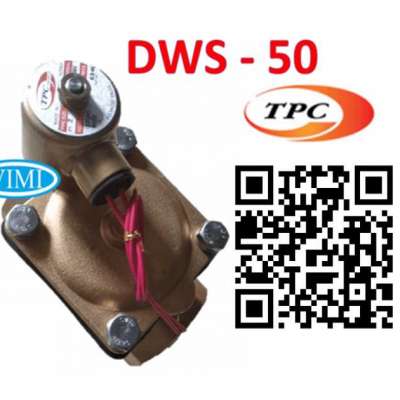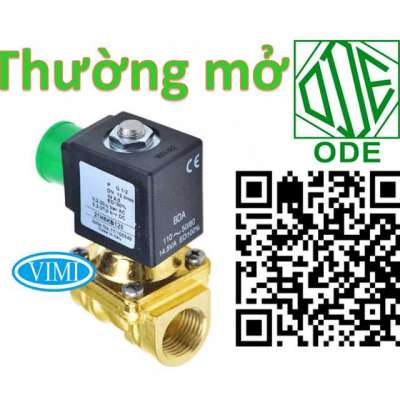Introduction:
In the intricate tapestry of modern technology, electronics assembly adhesives are the quiet but indispensable agents, binding the intricate components that underpin our digital existence. These specialized adhesives, often overlooked amidst the dazzle of technological advancements, are the unsung heroes that enable the creation of seamless electronic devices. From our everyday devices like smartphones and laptops to the complex systems in aerospace and automotive industries, electronics assembly adhesives are the unseen architects of connectivity. This exploration embarks on a unique journey through the world of electronics assembly adhesives, revealing the diverse types, applications, unique attributes, and dynamic challenges they face. It is an attempt to illuminate the often-underappreciated role of these adhesives in shaping the future of technology, quietly yet significantly.
Diverse Types of Electronics Assembly Adhesives:
Electronics assembly adhesives are not a monolithic entity; they come in a diverse array of types, each meticulously formulated to meet specific requirements and challenges. Understanding these varied categories is crucial for selecting the right adhesive for a given application. Here are some of the key types of electronics assembly adhesives:
Epoxy Adhesives: Epoxy adhesives are celebrated for their exceptional strength and durability. They are often the adhesive of choice for applications demanding a robust, thermally stable bond. In the realm of electronics, they are frequently used to secure integrated circuits (ICs), semiconductor components, and other critical parts.
Polymer-Based Adhesives: These adhesives come in various formulations, including epoxy, acrylic, and polyurethane adhesives, each with distinct properties. Acrylic adhesives, for instance, are cherished for their versatility and their ability to bond a wide range of substrates, making them valuable in securing nameplates, bonding PCBs, and assembling display screens.
Conductive Adhesives: In applications where electrical conductivity is essential, conductive adhesives take center stage. These adhesives contain conductive particles, typically silver or copper, enabling the transmission of electrical signals. They are fundamental in connecting and bonding electronic components on printed circuit boards (PCBs).
Thermal Interface Materials (TIMs): TIMs are specifically engineered to enhance heat transfer between electronic components and heat sinks, ensuring efficient thermal management. This is crucial in preventing overheating and maintaining optimal electronic performance, especially in high-power applications.
UV-Cure Adhesives: UV-cure adhesives offer precision and speed in the assembly process. They remain in a liquid state until exposed to ultraviolet (UV) light, initiating a rapid curing process. This makes them suitable for applications where quick assembly and precise bonding are paramount.
Applications and Versatility of Electronics Assembly Adhesives:
The versatility of electronics assembly adhesives extends across a multitude of industries and applications:
Consumer Electronics: In the fast-paced world of consumer electronics, assembly adhesives are the unsung heroes that enable the creation of sleek, compact, and high-performance devices. They secure and connect intricate electronic components, contributing to the design of smartphones, tablets, laptops, and other consumer gadgets that have become an integral part of our lives.
Automotive Electronics: The automotive industry is increasingly reliant on electronics for safety, infotainment, and performance enhancement. Electronics assembly adhesives are critical in securing sensors, wiring, and PCBs within vehicles, ensuring the durability and functionality of electronic systems even in the face of vibrations and challenging environmental conditions.
Aerospace and Defense: In the aerospace and defense sectors, the demands on electronic systems are unparalleled. These adhesives are used to ensure the reliability and functionality of critical electronic systems in aircraft, spacecraft, and military equipment. Their ability to withstand extreme temperatures and resist vibrations is essential in these applications.
Medical Devices: Medical devices are essential in healthcare, and electronics assembly adhesives play a pivotal role in their production. Devices like pacemakers, infusion pumps, and diagnostic equipment rely on these adhesives to maintain precision, reliability, and patient safety.
Industrial Electronics: In industrial settings, electronic components often face demanding operational conditions. Electronics assembly adhesives are crucial in securing components in control panels, sensors, and automation systems, ensuring their longevity and reliability in challenging environments.
Unique Properties and Benefits of Electronics Assembly Adhesives:
The selection of electronics assembly adhesives offers numerous unique properties and benefits:
Chemical Resistance: Many adhesives exhibit resistance to chemicals, making them suitable for applications where exposure to solvents, fuels, or corrosive substances is a concern.
Thermal Conductivity: Some adhesives are formulated to enhance thermal conductivity, aiding in heat dissipation and preventing overheating, a critical consideration in high-performance electronics.
Electrical Insulation: Certain adhesives are designed to provide electrical insulation, preventing short circuits and ensuring the safe operation of electronic devices.
Optical Transparency: In applications involving displays or optical components, adhesives with optical clarity are essential. These adhesives allow for the bonding of glass or plastic without compromising visual quality.
Vibration Damping: In applications where electronic components are exposed to mechanical vibrations, adhesives can be engineered to absorb vibrations and protect delicate components from damage.
Challenges and Considerations:
While electronics assembly adhesives offer numerous advantages, they also come with unique challenges and considerations:
Adhesive Selection: Choosing the right adhesive for a specific application can be a complex task. Factors such as material compatibility, temperature resistance, electrical conductivity, and environmental considerations must be carefully weighed.
Curing Time: Depending on the adhesive type, curing times can vary widely. Ensuring that the curing process aligns with the production schedule is essential to avoid production delays.
Environmental Factors: Electronics operate in diverse environments, from extreme temperatures to exposure to chemicals. Adhesives must be selected with these factors in mind to ensure long-term reliability.
Regulatory Compliance: Industries like medical devices, aerospace, and automotive have stringent regulatory standards. Adhesives used in these applications must meet specific industry certifications and adhere to established standards to ensure safety and quality.
Long-Term Reliability: Ensuring the long-term reliability of electronic devices is a paramount concern. Adhesives must be selected and applied with precision to avoid issues such as delamination or loss of adhesion over time.
Conclusion:
Electronics assembly adhesives, often hidden from the spotlight, are the unsung heroes of the digital age, shaping the modern world in profound ways. They are the silent enablers that underpin the creation of sleek, durable, and high-performance electronic devices across a range of industries. From consumer electronics to aerospace applications, these adhesives play a vital role in ensuring the reliability and functionality of electronic components. As technology continues to advance, so too will the field of electronics assembly adhesives, with ongoing innovations aimed at meeting the ever-evolving demands of the electronics industry. Adhesive manufacturers and engineers will continue to push the boundaries of what's possible, ensuring that these often-overlooked adhesives remain integral to the technological evolution, silently shaping the future of electronic devices and systems.
Visit more: https://www.electronicadhesive.com/
Respect!
Kommentar
Delen















